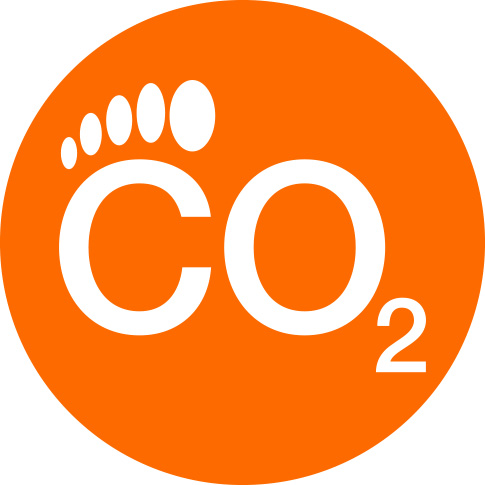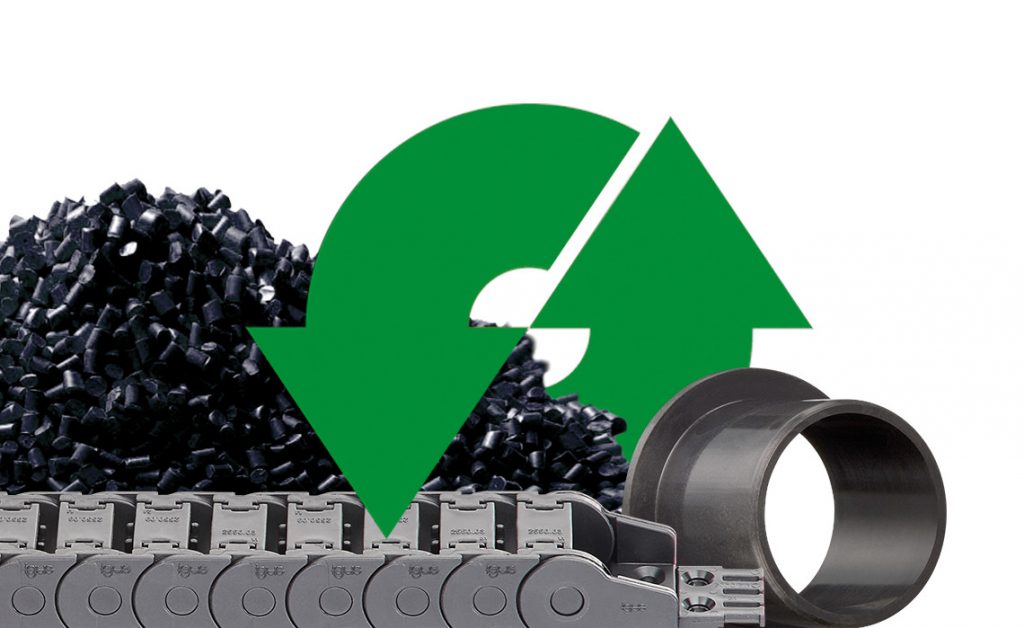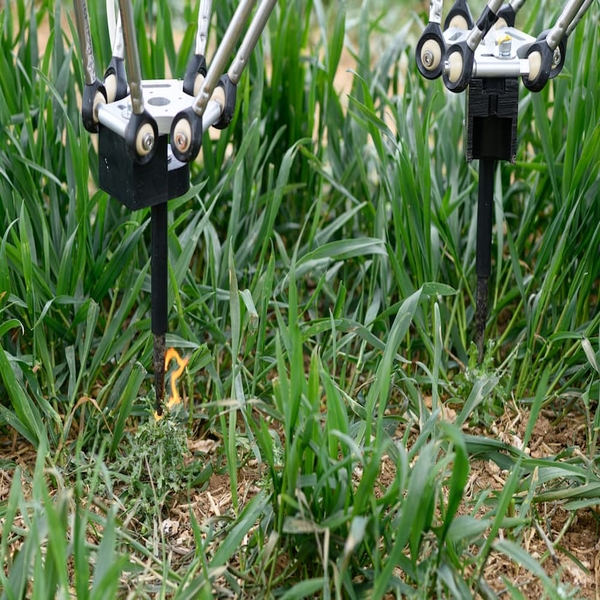How to reduce your carbon footprint

The goal of reducing CO2 emissions has become anchored in many corporate strategies and strategising on how to reduce your carbon footprint has become the forefront for business growth. The necessity for this goal has become more urgent over the last few years with the rapid changes in climate change. We are in the middle of a crisis and unless we all are striving towards the same goal of becoming as CO2 neutral as possible we are in real trouble. But do you know how to reduce your carbon footprint within a company? At igus® we have the goal of becoming climate neutral by 2025 and here are a few ways in which we are planning on achieving this.
The New York Times wrote a piece which gives a great overview of things we can all do on how to reduce your carbon footprint which can be read here
How to reduce your carbon footprint
There are many things that companies can implement to reduce their carbon footprint. In 2021, igus® generated 31.2% less CO2 emissions at our headquarters and production site in Cologne than in 2020.
This number includes Scope 1 and Scope 2. If you are unfamiliar with these terms, this blog might help with a brief explanation of the term “scope” and showing examples of what emissions fall into which scope and whether these are considered direct or indirect.
At the beginning, we were struggling with all the terminology and methods of comparisons so we invested in engineers whose core focus is sustainability goals and working on projects that will achieve them.
Reducing CO2 as an individual
As a private individual, many of us are aware of the basic ways that we can reduce CO2 consumption easily: driving less, consuming less meat, finding more efficient methods of fuelling our homes and shopping locally. These are relatively easy steps to reduce the carbon footprint. But what about companies and industries?
Reducing CO2 as a company

Many countries worldwide signed the Paris Agreement, which is a legally binding agreement to do with climate change. It is a collective goal to ensure that global warming temperatures remain below 2 degrees, preferably as low as 1.5 degrees by 2021. Starting in 2 years’ time, countries will have to report all measures taken to achieve this goal, showing supporting evidence for any statistics supplied.
Scope – three areas for emissions comparability
In 2011, the Greenhouse Gas Protocol was introduced. This is a document which breaks down companies’ emissions into 3 categories: Scope 1, scope 2 and scope 3
Scope 1 – direct emissions
Scope 1 covers all emissions that a company or organisation causes directly. Direct emissions include company vehicles, combustion processes, coolants, steam generation and leaks from systems such as air conditioning. Combustion processes can be from production: a sweeper’s internal combustion engine or a building heating system’s emergency power unit.
Scope 2 – indirect emissions
Indirect emissions include heat, electricity and steam purchased by companies from external suppliers. A company’s carbon footprint depends on how “green” the generation of this purchased energy is.
Scope 3 – indirect emissions in the supply chain
Scope 3 includes all emissions that originate from external independent sources but are a consequence of the company’s activities:
- employees’ travel to the workplace
- waste from production and everyday work
- transport material
- water consumption by employees and production
- fuel consumption by suppliers
- delivery of products to customers
- waste from products disposed of by customers
Due to the diversity of Scope 3 emissions, the calculation is very complex and is currently still largely based on estimates.
How is igus® reducing its carbon footprint?
At the igus® headquarters and production site in Cologne, we want to be climate neutral by 2025. The switch to green electricity and climate-neutral gas in 2021 was a significant step toward this goal. But lots more is happening:

- In production, older, energy-intensive injection moulding machines are gradually being replaced by new, more energy-efficient ones
- Lighting in production halls is currently being converted to LED
- Comprehensive leakage management has enabled energy to be saved in the production of compressed air
- In the plain bearings product area, the ECO product line, in which plain bearings are made from regranulate from our own production waste, is now available
- Our “chainge” program- taking back old plastic energy chains from companies and recycling them. The chains can be from any manufacturer
- In April 2022, we launched the first product made from this recycled material, the E2.1.CG cradle-chain energy chain
- Our environmental management system is certified according to ISO 14001 and the corresponding energy management system according to ISO 50001:2018
- Employees and customers can charge their e-cars at 20 charging points on our company campus
- We switched to green electricity at our production site in Cologne in mid-2021, and to climate-neutral gas at the end of 2021, and can report a significant reduction in CO2 emissions according to Scope 2 for 2021 from their 2020 levels
- Since April 2022, the CO2 footprint has been specified for the most commonly used plastic plain bearings. The goal is to be able to identify it for all plain bearings. Anyone who uses these components for their machine will have a more accurate idea of the overall CO2 emissions generated
According to Scopes 1 and 2, as of April 2022, we are 95% climate neutral. We still have a lot of work to do to reduce our CO2 footprint further but we can all learn more on how to reduce your carbon footprint by looking at other companies. For other blogs on our sustainable mission visit https://blog.igus.co.uk/?s=sustainability



